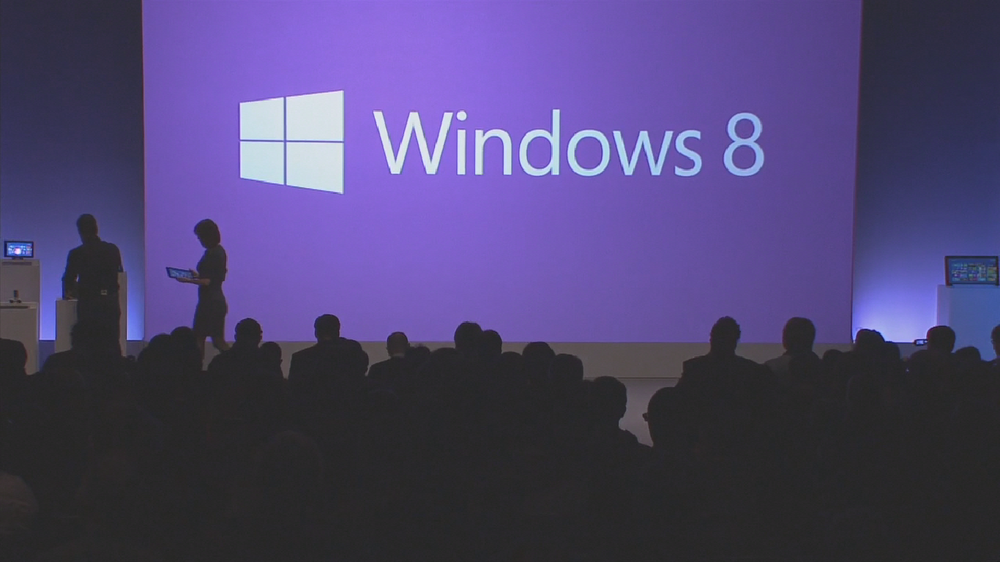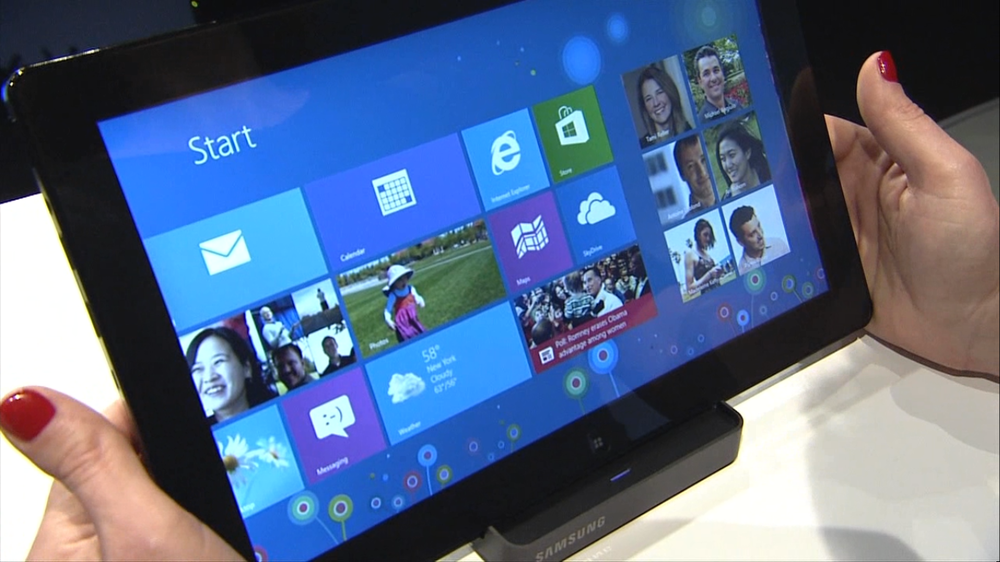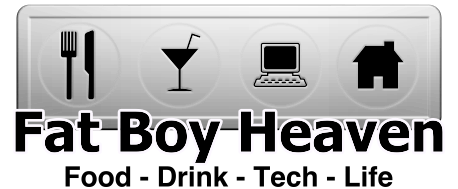 On Thursday, Oct. 25th Microsoft held a press event in New York City to formally launch their latest operating system, Windows 8. A huge move forward from Windows 7, Windows 8 was built from the ground up to take advantage of touch screens and cloud services such as Microsoft's own SkyDrive service. The big news, however is that for the first time Windows will run on an ARM processor much like those that power smart phones and tablets, while at the same time abandoning all previous Windows software. While the Pro version of windows 8 will allow older or "legacy" software to run as it did in older versions, the big push for Windows 8 is RT (Run-Time) which will only run new software available from the Windows App Store.
On Thursday, Oct. 25th Microsoft held a press event in New York City to formally launch their latest operating system, Windows 8. A huge move forward from Windows 7, Windows 8 was built from the ground up to take advantage of touch screens and cloud services such as Microsoft's own SkyDrive service. The big news, however is that for the first time Windows will run on an ARM processor much like those that power smart phones and tablets, while at the same time abandoning all previous Windows software. While the Pro version of windows 8 will allow older or "legacy" software to run as it did in older versions, the big push for Windows 8 is RT (Run-Time) which will only run new software available from the Windows App Store.
 As with any new Windows release, this is a huge event. The great news for consumers is that Windows 8 Pro will run on all Windows 7 personal computers, although in most cases without being able to take advantage of the new touch interface that makes it so great. Upgrades start at $39.99 in the U.S. and are on sale as I write this post. The big news however is all of the new computers built for the native touch interface, including all kinds of devices from large all-in-one desktop machines to portable tablets and literally every form factor in between. All of the major PC manufacturers from Dell to Lenovo had new systems to announce, making this a big day for the whole industry.
As with any new Windows release, this is a huge event. The great news for consumers is that Windows 8 Pro will run on all Windows 7 personal computers, although in most cases without being able to take advantage of the new touch interface that makes it so great. Upgrades start at $39.99 in the U.S. and are on sale as I write this post. The big news however is all of the new computers built for the native touch interface, including all kinds of devices from large all-in-one desktop machines to portable tablets and literally every form factor in between. All of the major PC manufacturers from Dell to Lenovo had new systems to announce, making this a big day for the whole industry.
The biggest news of the day was the release of the first Microsoft branded computer ever, Surface, a Windows RT tablet built from the ground up to bridge the gap between ultra-portables and tablets such as the iPad in the consumer space. I'll have one today, and will post several items over the next few days while I put it through it's paces.
You can see the press events for both Windows 8 and the special event for the Surface tablet here.
